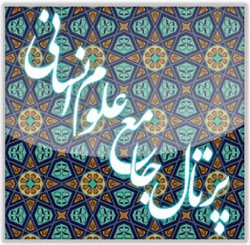The Status of Islamic Art and Architecture in the Ghaznavid Era
Keywords:
Ghaznavids, Islamic sciences, art and architectureAbstract
The Ghaznavids (1206-962 AD), a Turkic dynasty that ruled vast parts of eastern Iran, are named after their capital and the formation of their state in Ghazna (Ghaznin/Ghazni, located in present-day Afghanistan). After Sebüktigin (ruled 996-977 AD), the primary founder of the Ghaznavid state, his son Mahmud (ruled 1030-997 AD), who, by defeating the last Samanid ruler and conquering Sistan, Turkestan, Khwarazm, Makran, Sistan, and Kerman, elevated the state to its peak of glory. The Abbasid caliph al-Qadir (caliphate 1031-991 AD) confirmed his rule and granted him the title "Yamin al-Dawla." Mahmud’s victorious campaigns in India brought him immense wealth, power, and prestige and contributed to the spread of Islam and the flourishing of the Persian language in the Indian subcontinent. Due to factors such as the Ghaznavid rulers' religious zeal, the dominance of Sunni schools of thought—particularly the Hanafi school—and the prevalence of Ash'ari thought, along with the patronage of the Abbasid caliphate and the flourishing of Sufism, Islamic sciences such as jurisprudence, Hadith studies, Qur'anic knowledge, and literary sciences experienced significant growth. In the religious sphere, non-Sunni sects and religions, such as the Shiites, did not enjoy favorable conditions. Architecture and arts such as goldsmithing, inlaying, and the production of exquisite metalware, as well as industries like textile weaving and carpet making, saw remarkable progress during the Ghaznavid era.
Downloads
Published
Issue
Section
License
Copyright (c) 1402 Zahra Haghighy Seyghalani (Author); Seyed Ali Akbar Abbaspour (Corresponding author); Ramazan Seyghal (Author)

This work is licensed under a Creative Commons Attribution-NonCommercial-ShareAlike 4.0 International License.









